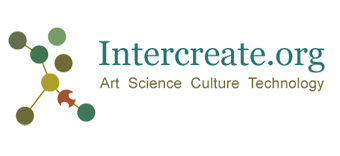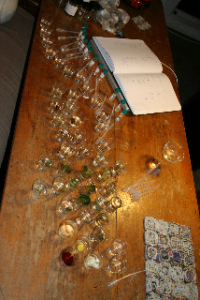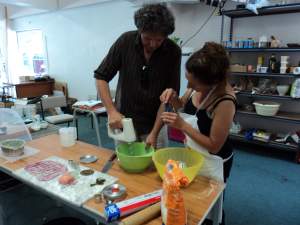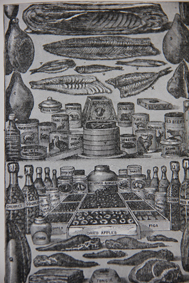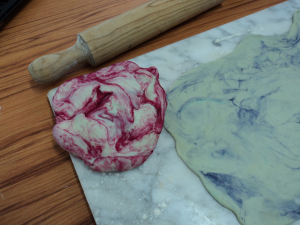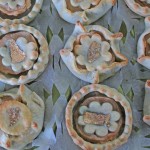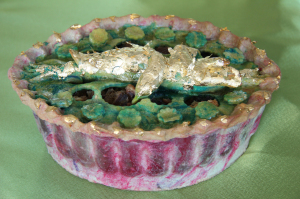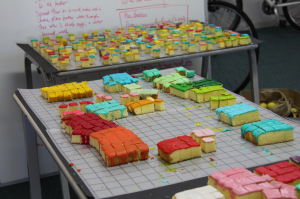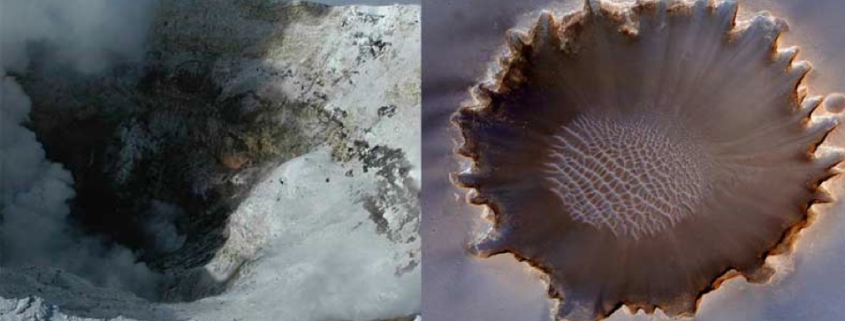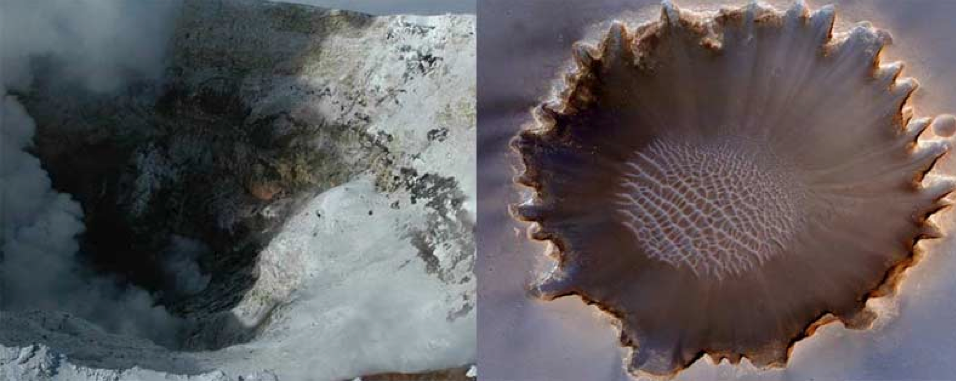Where was the Wind? – Ramon Guardans
During the SCANZ 2011: Eco sapiens creative residency, Artist and Scientist Ramon Guardans took an air sample at the same time each day of the two week residency, sealing and placing it within a growing installation for the project.
These captured air samples were traced in time using the NOAA HYSPLIT model to reveal their surprisingly variable and global recent travels. An indicator of the great oceans of air that we live beneath – and the tiny viewing window we have on these vast and ever-changing forces – what we call weather. The visualisation of these phenomena which know no national boundaries, speaks to an essentially inescapable condition of interconnectedness between the biospheres of the earth and between ourselves. It equally brings to mind the folly of expecting that the impacts of global conditions such as climate change can be successfully mitigated via nationalistic or even continental mechanisms.
In Ramon’s own words, he asks:
Where was the air we breath now yesterday and the day before… ?
Air masses move over long distances in the atmosphere, and change their properties (temperature, humidity, pollutant load etc) along the way.
A given air mass can be followed over several days as it travels and mixes with other air masses.
Using the global meteorological information obtained from weather stations and satellites it is possible to calculate the “backward trajectory” of an air mass, and see where the air we breathe today was some hours, or days ago.
In a sense what we are doing here is “playing the film backwards” and seeing where the recent story of the air in our lungs started some days ago.
A map is calculated and drawn for each day and paired with an air sample for that day.
The calculations are made using the HYSPLIT model from NOAA (The US weather service) each small triangle on the trajectory represents a 6 hour interval and the larger triangles represent 24 hour intervals, the distance between the marks indicates the speed at which the air mass travels.
How-to – Tracing Wind Trajectories
1. Find the GPS coordinates for your location.
(http://itouchmap.com/latlong.html)
2. Run the NOAA HYSPLIT trajectory model
(http://ready.arl.noaa.gov/hysplit-bin/trajtype.pl?runtype=archive)
Use default settings…
3. Next: Location
Location: Enter Latitude and Longitude
4. Model Run Details Page
Trajectory direction: backward
Start a new trajectory every: [increasing this will increase the number of lines showing]
Ramon Guardans – Artist and scientist Ramon Guardans traces pollutants and their effect on local and global populations, health and environments and examines the relevance of different ways of life in understanding exposure. He has been involved for 20 years in international action on atmospheric and marine pollution including the Stockholm Convention on Persistent Organic Pollutants (POPs) and the Arctic Monitoring and Assessment Program (AMAP).
